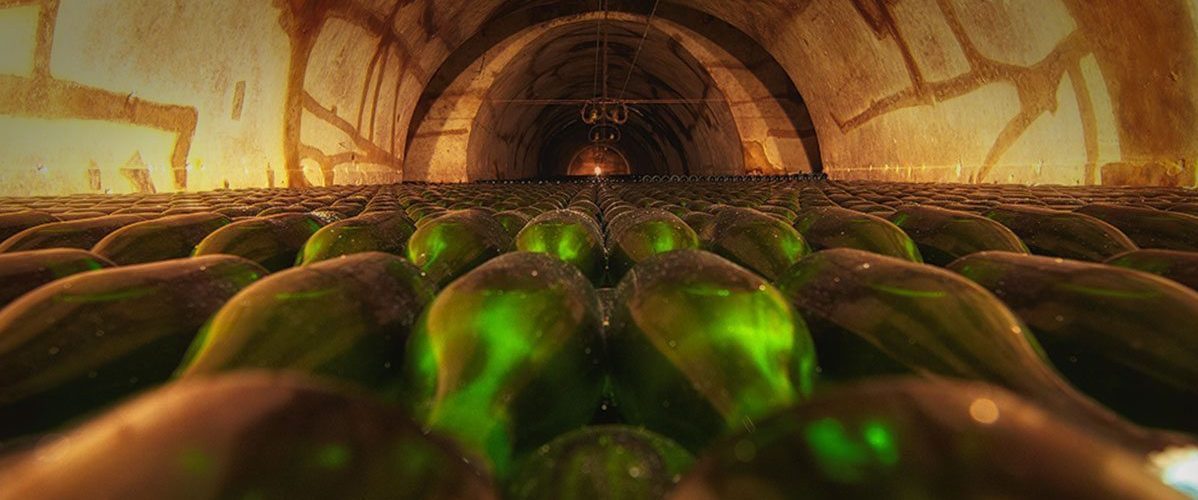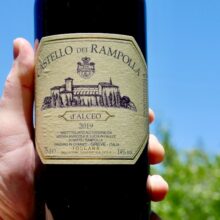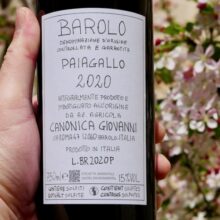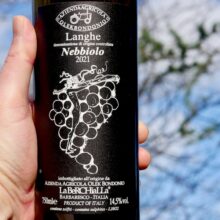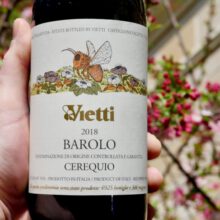After the grapes are picked, pressed, fermented and matured to make a still white wine known as “Vin Clair” (French) or base wine (English), the wines are blended if desired, and, the final blend is now ready for Tirage.
Tirage is the step in making a bottle-fermented sparkling wine when sugar and strong yeast culture yeast are added to the blended still wine. The wine is bottled immediately, most commonly under crown seal.
The bottles are stacked on their sides.
The yeast then ferment the sugars, 22-24g/L for a Champagne style, yielding carbon dioxided which is trapped in the sealed bottles and generates 6-6.5 bar of pressure. This creates … the fizz!
Around 1.5% alcohol is produced during the second fermentation in bottle.
The second fermentation takes anywhere from a couple of weeks to a few months. You can read a little more about this in the Wine Bites Mag Article “Myth Proven: Why do Magnums of Champagne Taste Better?”.
In the video below you’ll see wine being matured in barrel, blended, and then tiraged. The cover photo of the video shows cloudy bottles with the sugar and yeast adedto them. Pouillon has sealed their bottles with cork and the traditional metal agrave. Many moons ago, before the agrave, they used twine to hold the cork on.
« Back to Wine Words Index
